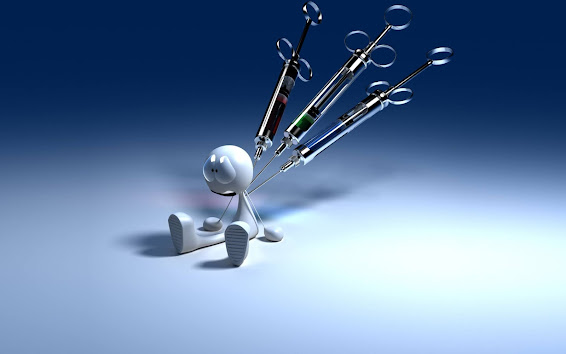How the memory is organised in computer systems(Memory Organization)

By:Sakib Shabir Memory: A memory is the collection of storage units or devices together.The memory unit stores the binary information together in the form of bits. Generally, memory storage is classified into two categories 1.Volatile memory:This loses its data ,when power is switched off. 2.Non-Volatile:This is a permanent storage and does not loses any data when power is switched off. Memory hierarchy: The total capacity of a computer can be visualised by hierarchy of components.The memory hierarchy system consists of all storage devices contained in a computer system from the slow Auxiliary memory to fast main memory and to the smaller cache memory.As we go from top to bottom speed and cost decreases but size increases. Memory hierarchy is nothing but various labels of memory Auxiliary memory access time is generally 1000 times that of the main memory ,hence it is at the bottom of the hierarchy The main memory occupies the central position because it is equipped to co
